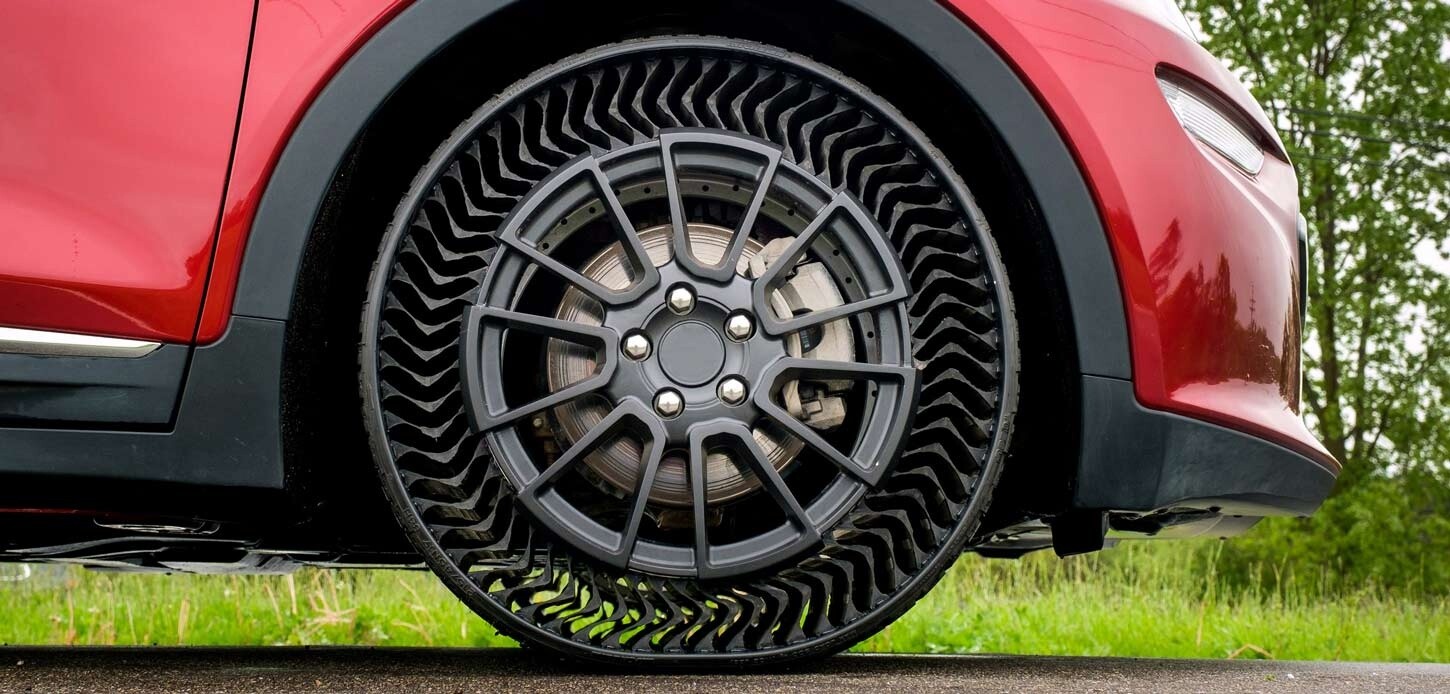How do airless tyres change the pile of waste? They still wear out and I suspect become economically unviable and are disposed of.
It's not like we can't recycle "normal " tyres today, it's that we don't.
The reason is that there's no economic incentive to do so (yet), and airless tyres don't do anything to change that as far as I know.



